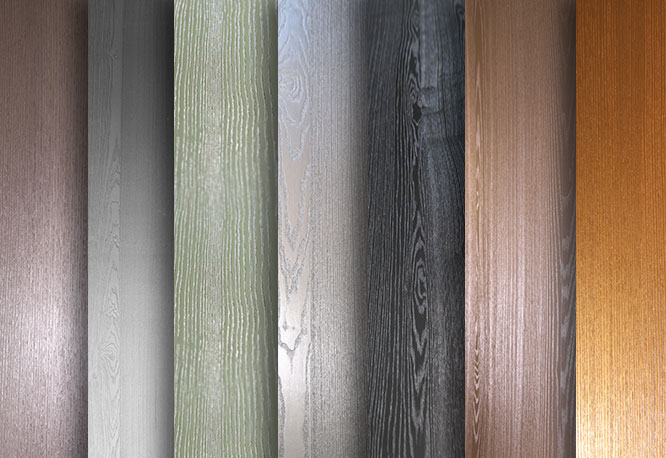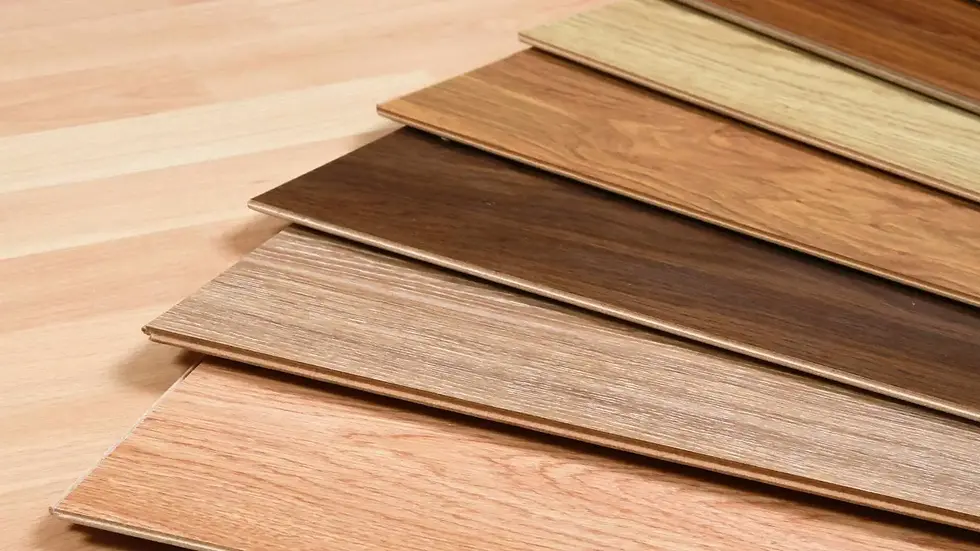The Art of Working with Walnut Burl Veneer: Techniques and Tips
- JSO Wood Products Inc

- Dec 20, 2024
- 3 min read
Walnut burl veneer is a highly sought-after material in woodworking and furniture making due to its stunning appearance and unique patterns. Whether you're crafting furniture, cabinetry, or decorative pieces, working with walnut burl veneer can elevate your projects with its rich texture and beautiful grain.
In this guide, we'll explore the best techniques and tips to help you make the most of this luxurious material.
What is Walnut Burl Veneer?
Before diving into the techniques, let's first understand what walnut burl veneer is. Veneer is a thin layer of wood that is sliced from a log or burl. Walnut burl veneer comes from the burl, a growth on walnut trees caused by irregular growth patterns. This creates fascinating, swirling grain patterns and textures that are highly prized in woodworking. The result is a veneer that is not only visually striking but also incredibly strong and durable.
Techniques for Working with Walnut Burl Veneer
Working with walnut burl veneer requires patience and precision, but with the right techniques, you can create stunning pieces of art. Here are some important tips to help you get started:
1. Preparing the Veneer
Flattening the Veneer: One of the challenges with walnut burl veneer is that it can sometimes curl or bend when it’s cut. To flatten the veneer, you can gently iron it with low heat, or place it between two sheets of paper and press it with a heavy weight for a few hours.
Cutting the Veneer: Use a sharp veneer saw or rotary cutter for clean and accurate cuts. Make sure to work slowly and carefully to avoid splitting the veneer.
2. Adhesion Techniques
Using Veneer Glue: For best results, use a high-quality veneer adhesive. Apply a thin, even layer of glue to both the surface of the wood and the veneer. It's essential to avoid excess glue to prevent it from seeping out the edges.
Pressing the Veneer: After applying the glue, you’ll need to press the veneer into place. A veneer press or vacuum press can be extremely helpful to ensure even pressure. If you don’t have a press, you can use clamps and a flat surface to apply pressure manually.
3. Sanding and Finishing
Sanding: Once the veneer is glued down and securely attached, it's important to sand it properly. Start with a coarser grit sandpaper and gradually move to a finer grit to smooth the surface. Be careful not to over-sand, as walnut burl veneer is thin and can be damaged easily.
Finishing: After sanding, it’s time to apply a finish to bring out the rich tones of the walnut burl veneer. You can use oil finishes, polyurethane, or lacquer, depending on the look you want to achieve. Applying a clear finish will enhance the natural beauty of the grain and protect the surface from wear and tear.
Tips for Working with Walnut Burl Veneer
Avoiding Overworking the Grain: Because walnut burl veneer has such intricate patterns, it’s easy to lose the natural beauty of the grain if you over-sand or apply too many coats of finish. Always take care to let the wood’s natural beauty shine through.
Matching Grain Patterns: If you're working on a large project, you may need to join multiple sheets of veneer. When doing so, try to match the grain patterns as closely as possible for a seamless look. This will help maintain the flow of the pattern across the entire piece.
Practice on Scraps: If you're new to working with veneer, it’s always a good idea to practice on scrap pieces first. This will give you a feel for the materials and techniques without the risk of ruining your project.
Conclusion
Working with walnut burl veneer is a rewarding experience that allows you to create unique, beautiful, and durable pieces. Whether you're a seasoned woodworker or just starting, these techniques and tips will help you get the most out of this luxurious material. By preparing your veneer properly, using the right adhesives, and finishing with care, you'll be able to create stunning pieces that showcase the natural beauty of walnut burl.







Comments